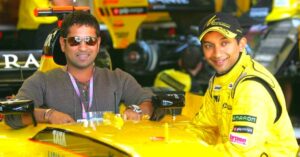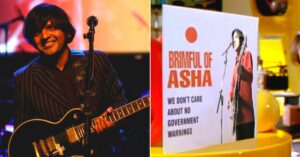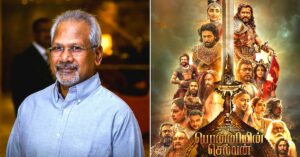Legendary Wrestler Dara Singh Recently Got Inducted Into WWE Hall of Fame. Here’s Why
Strength, grace & humanity: Why WWE is felicitating this legendary Pehlwan.
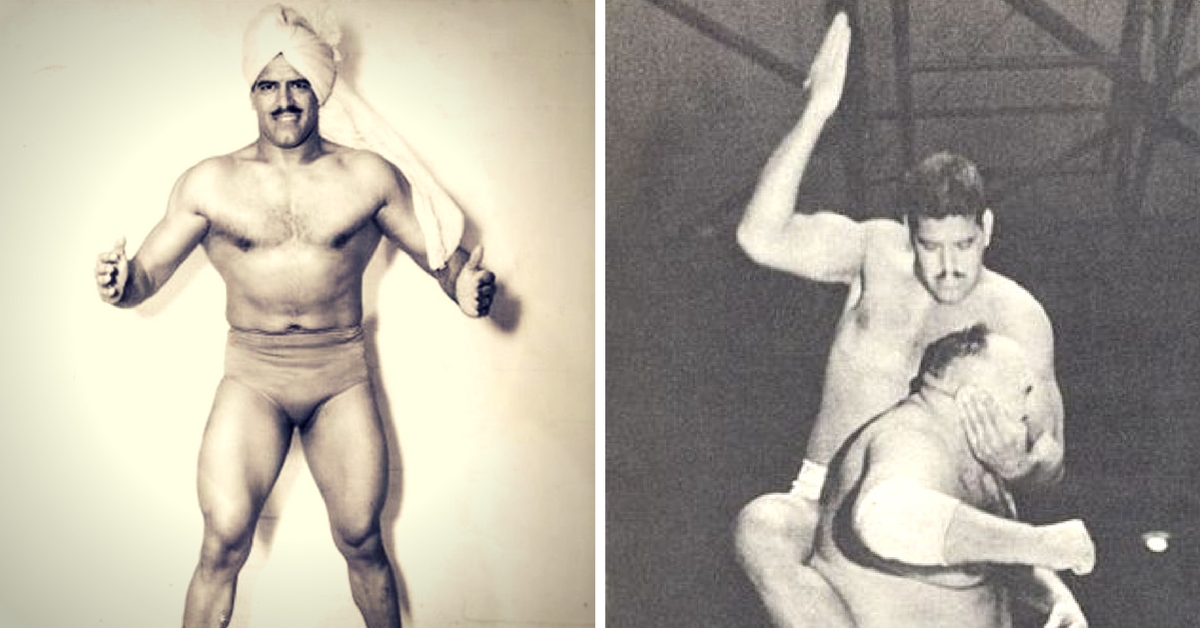
In the mid-1990s when cable television was just picking up steam in India, the World Wrestling Entertainment (then the World Wrestling Federation) made its way into the drawing rooms of millions of households.
Growing up, the WWE was a ubiquitous presence in global popular culture marked not only by its pre-recorded segments telecasted on cable television, but also the proliferation of toy figures, trump cards and other types of merchandise.
To the surprise and pleasure of many Indians, the multi-million-dollar entertainment behemoth decided to honour Dara Singh, India’s very own champion wrestler, on Friday night by inducting him into their Hall of Fame.
“The muscleman of Bollywood, Dara Singh, won more than just the hearts of the Indian people, he was undefeated in over 500 matches as a strong and cunning Pehlwani master. Singh shined in the ring, on the silver screen and inside the political arena inspiring millions in his home country of India,” said the WWE when inducting him in its Legacy Wing of the Hall of Fame on the night before WrestleMania 34.
Introduced in 2016, the Legacy Wing consists of wrestlers from the early years of professional wrestling (particularly in the first half of the 20th century) inducted posthumously. Dara Singh was among nine wrestlers from that era inducted into the Legacy Wing.
Why has the WWE decided to honour this Indian legend?
Maybe it is an overdue recognition for his in-ring performances against the legends of yesteryear across the world. It could also be a cynical ploy to get a further foothold in the massive Indian market. It’s hard to tell, although legends of the game have heaped praise on him.
However, it is never a bad time to remember this colossus of a man (standing at six-feet-two-inches and with a 53-inch chest) who was a major icon in Indian popular culture.
“For an earlier generation, he was an urban legend. It was around the time India got Independence and to see an Indian wrestler defeating foreigners was a big deal. Imagine him going all the way to Singapore in 1947 to compete against the best in the world.
Stories were stretched into fables and one heard of 10- foot-tall men, Russians who ate 20 eggs at a time and foreign wrestlers who were so huge they ate an entire goat. To see Dara defeating these men was phenomenal and I think it was our revenge on the British.

For a nation that got its independence through non-violence, there was catharsis involved in having someone who was emblematic of brute force,” says film director Imtiaz Ali, who shot Jab We Met, the last Hindi film Dara Singh appeared in, before passing away on July 2012 after suffering a heart attack. The popular Bollywood director was speaking to the Daily Mail.
Born Deedar Singh Randhawa to a Jat Sikh family in the Dharmuchak village of Amritsar district on November 19, 1928, the legendary wrestler was trained in the traditional Indian style of wrestling called Pehlwani.
In 1946, Singh left for Singapore, where he began training under the tutelage of Harnam Singh in the Great World Stadium, while also working in a drum manufacturing mill.
On June 12, 1954, Singh won his first major wrestling accolade. At the Rustam-e-Hind (champion of India) freestyle wrestling tournament in Bombay, he defeated Tiger Joginder Singh in front 10,000 people, receiving a silver cup from Maharaja Hari Singh at the end of it.
Five years later in 1959, Singh won the Commonwealth Championship in Calcutta after defeating George Gordienko. In 1968, Singh defeated legendary American wrestler Lou Thesz.
However, Dara Singh’s most momentous occasion in the wrestling ring came on December 12, 1956, when he defeated legendary wrestler King Kong (aka Emile Czaja).
To the uninitiated, in professional wrestling the outcome of these matches is often decided before hand with wrestlers cast into the role of either the good or bad guy.
This brand of professional wrestling/entertainment was largely brought to Bombay by Parsi promotors after World War II. Czaja, who had extensive experience of pro-wrestling circuits around the world, taught these Indian promoters the tricks of the trade like how to promote a fight.

“The key to a successful British-style bout was the creation of a hateful bad guy (King Kong himself) who was punished by a God-like good guy avenger. Czaja and the promoters settled on Dara Singh, a young sardar who had previously wrestled in Singapore, as their top good guy because of his charisma. Throughout the late 1950s and the 1960s, Dara Singh attracted such a fan following that his name became synonymous with wrestling in India. Yes, the fights were fixed, but Singh made it all look real,” writes noted columnist Vir Sanghvi for the Hindustan Times.
Back to the bout. Weighing 130 kgs and at the peak of his powers, Dara Singh managed to pick up the 200-kg King Kong off the ground, hold him over his head and slam him onto the canvas.
This special event took place in Bhatgaon, a village 40 km outside Delhi, where thousands cheered on for their hero, reported the Times of India.
Old-timers of village remember Singh’s exploits on that day. “The helpless challenger yelled in fear. He cried foul and beseeched the referee urging him to stop the fight,” said one villager speaking to the Times of India. The match was over in just 12-15 minutes, according to witnesses.
Also Read: Wrestler’s Dad Took a 13 Lakh Loan For Her Training. She Had a ‘Golden’ Payback
Another villager recalls how the people of Bhathgaon spruced up their village in anticipation of this event. “We remember the day for another reason. Our village got electricity that day, and it was declared an ‘adarsh’ village by the government,” said another villager.
During his illustrious career, Dara Singh also fought Rikidozan, the father of the famous Japanese pro-wrestling scene.
He retired from wrestling in 1983 after a tournament in Delhi and shifted his focus completely to Bollywood and the Punjabi film industry, where he acted directed and produced films—a natural transition. In 1996, he was inducted into the Wrestling Observer Newsletter Hall of Fame.
Dara Singh, however, reached the height of his popularity after playing the character of Hanuman in Ramayan, Ramanand Sagar’s famous television series, in 1986. At one point, his photographs as Hanuman were reportedly being placed in temples across villages. Such was his popularity.
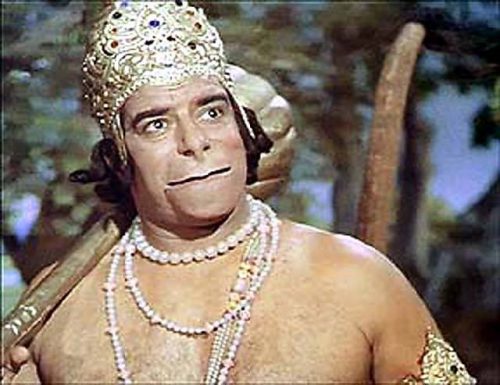
Working in the Indian film industry since the 1950s, first as a stunt actor, and then a lead role in Babubhai Mistry’s film King Kong (1962), he acted in a slew of B-Grade films with actress Mumtaz. At the time, they were the highest paid B-Grade actors, with Dara Singh earning Rs 4 lakh a movie.
“Mr. Singh was at the pinnacle of his prowess and fame as a wrestler when he started working in films in the 1950s. His massive physique and noble image made him ideal for characters that epitomized masculine strength and pride and heroic virtues,” says this New York Times obituary.
He also performed smaller roles in legendary Bollywood movies like Anand, Mera Naam Joker, and Mard. In the course of his illustrious career, Dara Singh appeared in almost 150 movies.
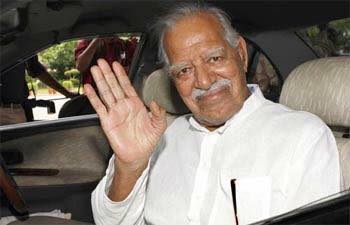
Subsequently, he also opened his own studio and became involved in the Punjabi film industry as an actor, director and producer. With an illustrious wrestling and cinema career seemingly not enough, Singh also entered politics after the joining the Bharatiya Janata Party in January 1998. He was soon nominated to the Rajya Sabha and served in the House from 2003 and 2009.
Also Read: Delhi Wrestler Won Gold at Wrestling Nationals While Her Father Sold Langots Outside
“He had star quality, all right,” Vir Sanghvi, wrote in a blog post soon after his death in 2012. “But he had much more to offer. He represented an Indian ideal of goodness through strength. His persona— like his real-life personality—was straightforward. He was a good guy, who never did anything dirty or devious and who used his strength to protect the weak and to fight evil. In that sense, he was the first Indian superhero.”
Like this story? Or have something to share? Write to us: [email protected], or connect with us on Facebook and Twitter.
NEW: Click here to get positive news on WhatsApp!
This story made me
- 97
- 121
- 89
- 167
Tell Us More
We bring stories straight from the heart of India, to inspire millions and create a wave of impact. Our positive movement is growing bigger everyday, and we would love for you to join it.
Please contribute whatever you can, every little penny helps our team in bringing you more stories that support dreams and spread hope.






